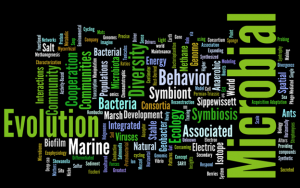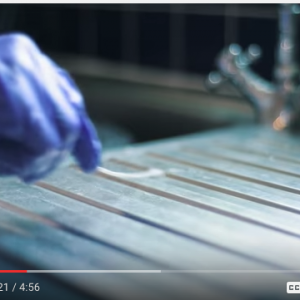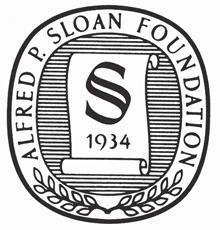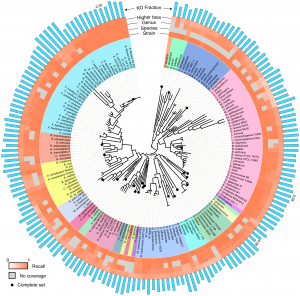Here is a fun recent article by Vilanova et al. on the coffee machine bacteriome (open access in Nature’s Scientific Reports) that made me wonder why didn’t we think of doing this. In this study, the authors sampled the inner drip tray (below the capsule container) of nine different Nespresso capsule coffee machines. They found that Enterococcus sp. and Pseudomonas sp. were abundant in most …
One of the main goals of microBEnet has been to improve cross-talk between disciplines with the field of the microbiology of the built environment. One way we’ve attempted to accomplish that is through a manually curated collection of all publications relevant to the field. At the time we began, Mendeley seemed the obvious choice for …
The Mayo Clinic in MN has built a research facility called the “Well Living Lab” which aims to help research connections between health and the built environment. Here’s a description of the facility from their website: At the Lab, we research the real-world impact of indoor environments on human health and well-being, and generate evidence-based …
For the past couple of years, there has been a storm gathering on the horizon of indoor air quality monitoring. Nucleating around crowd-funding sites such as Kickstarter and Indiegogo, these devices seem to advect along roughly similar trajectories. The teams working on these projects have created a sort of high pressure system wafting high-quality industrial …
Really short post here, digging back through old bookmarked stories that I had wanted to share on microBEnet. Jessica Green gives yet another great interview about microbes in the built environment, this time for the Robert Wood Johnson Foundation. See the interview here.
Innovation and a dollop of creativity has allowed researchers to make laboratory luxuries a reality in the field. Nowadays, you can do almost anything even in the most remote of areas. For example, the ability to sequence DNA in the field will be possible in the not so distant future. That said, many projects are …
A recent news article covers a new company called Cambrian Innovation and their product, a microbial mix that turns brewery waste into clean water and energy. Two California breweries are currently using the product. Energy is produced by burning the methane produced by the microbes as they metabolize waste from the beer brewing process. The water …
Submitted to me by Rob Knight. Announcement: Sloan Microbiology of the Built Environment Data Analysis Workshop (secrets of QIIME, VAMPS and QIITA) April 4-5, 2016 University of California, San Diego Application Deadline — February 15, 2016 — mitchellsogin@gmail.com This workshop, staffed by the developers of QIIME, VAMPS and QIITA, invite participants from the Microbiology of …
Sometimes efforts to be environmentally friendly can give rise to microbial challenges. This was nicely described by Katie Dahlhausen in her recent post about water quality about green buildings. Other examples include observations that Legionella pneumophila can be contracted from shower heads and the use of low flow shower heads and lower water temperatures may increase its transmission. Likewise, wastewater (e.g., Environmental and …
Just a quick note to save the date for the 5th Annual Microbiology of the Built Environment Conference to be hosted at CU Boulder from June 1st to June 3rd, 2016. I missed the 4th meeting but the first three were a great opportunity to hear a mix of talks from the various disciples in …



